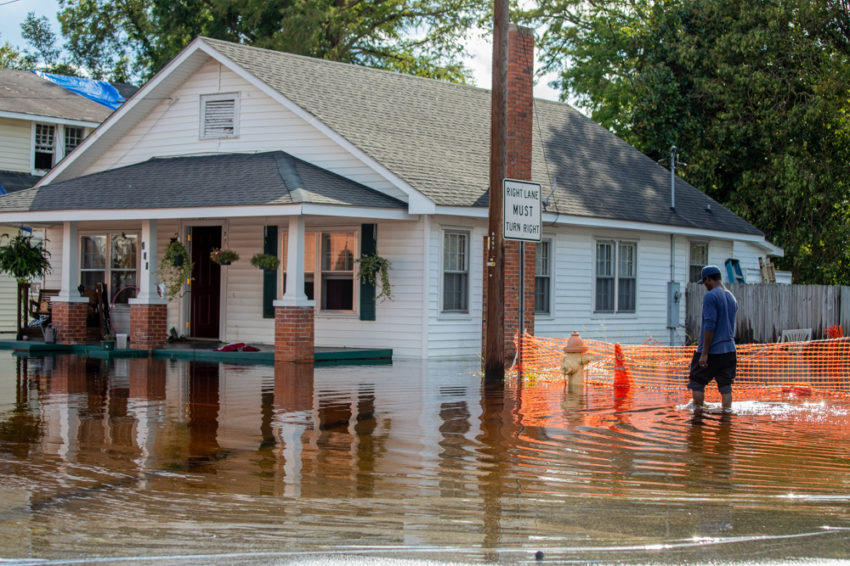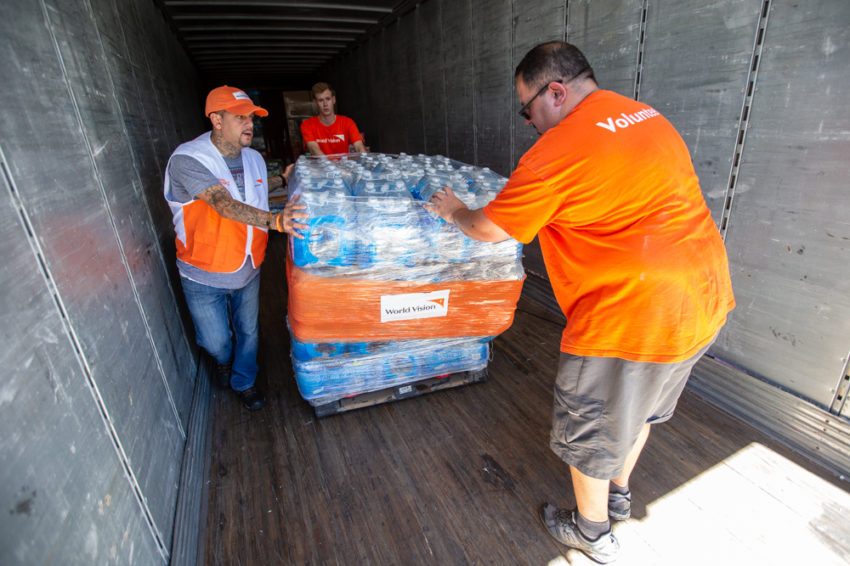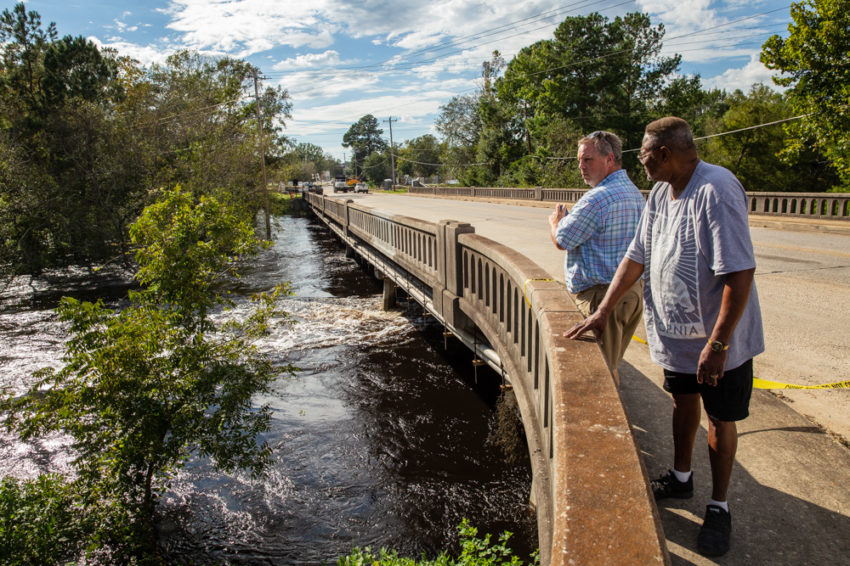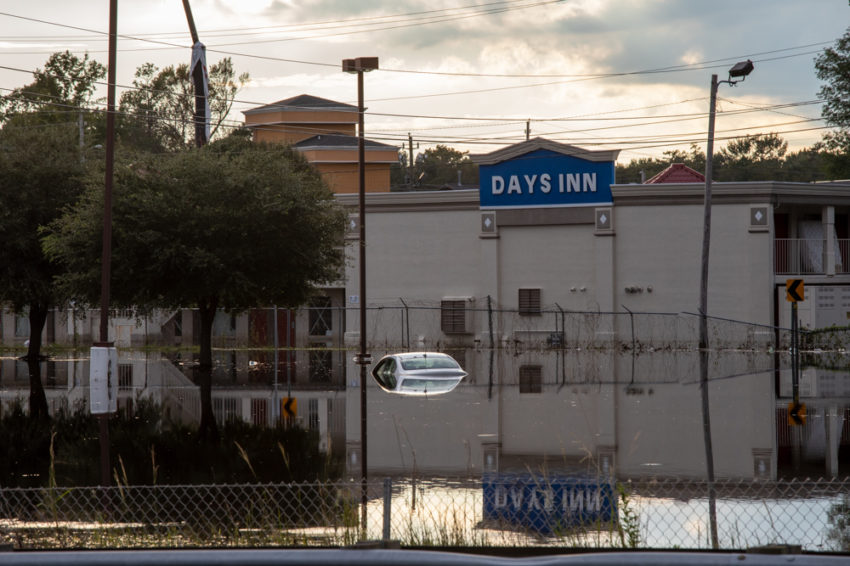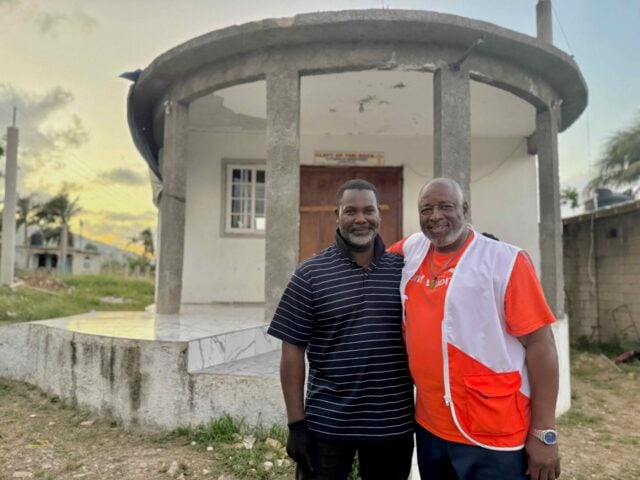When Hurricane Florence made landfall along the southeast U.S. coast on September 14, 2018, its impact was widespread and long-lasting, extending beyond the borders of the Carolinas to affect neighboring states and communities. The hurricane’s slow movement and relentless rainfall gave rise to devastating floods, forcing large-scale evacuations and displacing thousands of residents in its wake.
Hurricane Florence: Facts, FAQs, and how to help
Explore facts, frequently asked questions about hurricanes and Hurricane Florence, and ways you can help people affected by storms.
- Fast facts: Hurricane Florence
- Where did Hurricane Florence make landfall?
- What other major hurricanes have hit North Carolina and South Carolina?
- How did World Vision respond to Hurricane Florence?
- How can I help people affected by natural disasters like Hurricane Florence?
Fast facts: Hurricane Florence
- Hurricane Florence formed as a tropical storm off the west coast of Africa on August 30, 2018.
- Florence made landfall as a Category 1 hurricane on September 14, 2018, near Wrightsville Beach, North Carolina.
- Three days ahead of Florence’s anticipated landfall, South Carolina Governor Henry McMaster ordered the evacuation of an estimated 1 million coastal residents toward higher ground inland.
- One of the most significant aspects of Florence was its slow movement. It stalled over the Carolinas, dumping record-breaking rainfall for days. Some areas received more than 30 inches of rain. This event caused extensive river flooding and catastrophic flooding in parts of North and South Carolina.
- Due to its impact and destruction, the name “Florence” was retired in 2019 from the list of hurricane names and will no longer be used for future hurricanes.
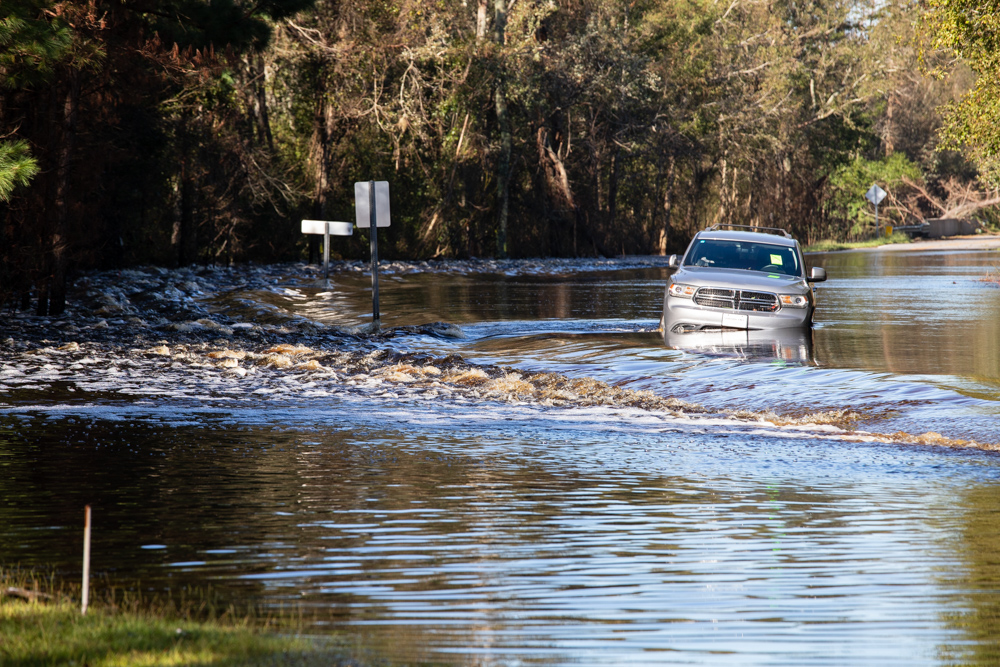
Where did Hurricane Florence make landfall?
Hurricane Florence made landfall as a Category 1 hurricane on the morning of September 14, 2018, over Wrightsville Beach, North Carolina, a few miles east of Wilmington and not far from the South Carolina border. The hurricane slammed ashore with 90-mph winds and a punishing storm surge.
States of emergency were declared in Georgia, South Carolina, North Carolina, Virginia, Maryland, and Washington, D.C. North Carolina alone was forecasted to receive 9.6 trillion gallons of rain, enough to cover the entire state in 10 inches of water.
What other major hurricanes have hit North Carolina and South Carolina?
The strongest major hurricane to make landfall in the Carolinas was Hurricane Hazel in 1954. Hazel struck near the North Carolina–South Carolina border in October 1954. Hurricane Hazel, packing winds of 130 mph, destroyed 15,000 homes and claimed 19 lives in North Carolina. Since then, North and South Carolinians have weathered dozens of hurricanes of varying force and impact, including Hurricanes Matthew (2016), Fran (1996), Floyd (1999), and Isaias (2020).
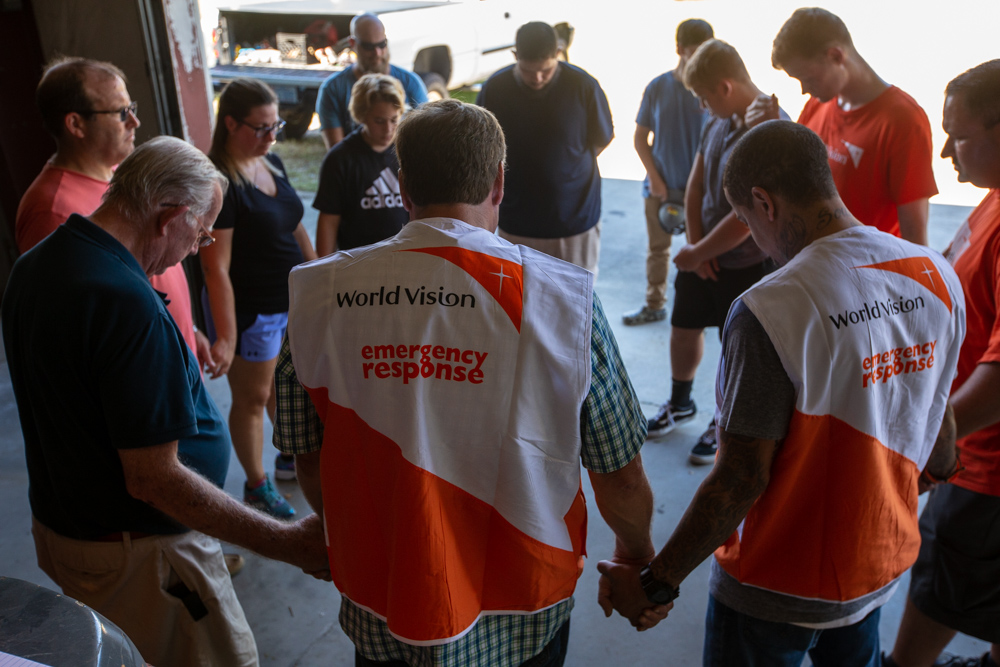
How did World Vision respond to Hurricane Florence?
World Vision served about 15,600 people in some of the areas most affected by Florence. In anticipation of the hurricane’s arrival, our assessment team arrived in North Carolina ahead of the storm on September 14, 2018. As the storm came ashore, a semitruck full of relief supplies had arrived at a community partner’s facility in North Carolina.
We had already positioned relief supplies nearby in Georgia and South Carolina. This significantly reduced the transit time of getting those supplies into the areas that needed them. We also sent another 15 trucks to North Carolina from our warehouse sites in West Virginia, North Texas, and Connecticut.
Partnership with Fayetteville Dream Center: We collaborated with the center to establish a shelter at Manna Church in Fayetteville, North Carolina. This partnership enabled us to serve evacuees and distribute relief supplies on September 16, two days after Florence’s landfall.
Distribution of relief supplies: In the early days following the storm, we delivered essential relief supplies to church partners to distribute in the North Carolina cities of Lumberton, Jacksonville, and Kinston. These supplies included food, water, temporary shelter items (such as tents and sleeping bags), hygiene items, coolers, blankets, diapers, clothing, and more.
Collaborative efforts: Our existing relationships with local church and community partners in the affected areas allowed our response teams to mobilize swiftly.
“Our biggest concern is that this isn’t something that we’ll respond to just overnight,” said Quincy Walker, World Vision’s Pacific Northwest field site manager who was deployed to North Carolina during our Florence response. “We’re here to see this thing through and let families know we love them.”
How can I help people affected by natural disasters like Hurricane Florence?
- Pray: Please join us in prayer for people affected by disasters like Hurricane Florence.
- Give: Your gift will help to provide urgent relief desperately needed by people affected by disasters in the U.S.
Sevil Omer of World Vision’s U.S. staff contributed to this article.
